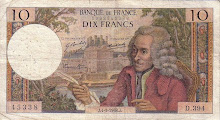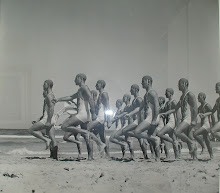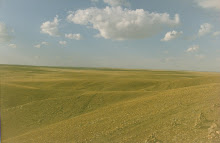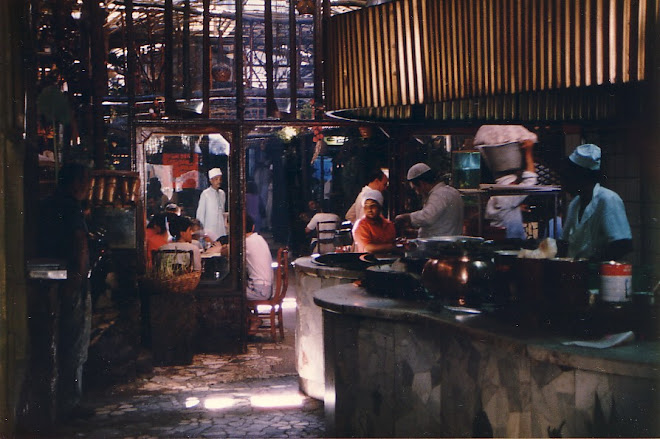London 1903 - Thomas Edison Film Footage
Thomas Edison was (among many other things) traveling and filming in various parts of the world round the turn of last century.
He was in Paris for the Universal Exposition of 1900, catching a myriad of angles on the city, such as the carriages, buses and pedestrians at the Place de L'Opera ...




Paris 1900 - Thomas Edison Film Footage
... and in London in 1903 - again catching the life of the streets, though now in much clearer film footage due to the technological advances in film stock over the three years. Though - curiously - the camera is much more static.
Both these productions are (for me at least) like serious time traveling - you get up close and personal with ordinary people going about their daily business, like taking a taxi at one of the entrances to Hyde Park ...

... and catching boats at the Embankment on the Thames - perhaps to work ...

There's the general bustle of the traffic, with individuals occasionally moving into the middle or into the foreground to make a more human connection ...



There are familiar landmarks, such as the Law Courts ...

... James Gibbs's St Mary-Le-Strand ...

... and St. Margaret's Westminster and Big Ben ...

Familiar brand names flash up every so often, like old friends - just to bring this world a little closer to our own - such as Nestles ...

... and Lipton's Tea ...

And there's the (perhaps unexpected) chaos of the traffic in often dust-clogged streets ...



So sit back, relax and enjoy the show ...
London 1903 - Thomas Edison Film Footage
Any of the landscape familiar to you who know or visit London?
I remember more than I thought I would from my time there in my teens and early twenties.



































































![C18 Bronze Buddha [Southern China]](https://blogger.googleusercontent.com/img/b/R29vZ2xl/AVvXsEioLkgVKuhDoIHQgM1X6Oe2hGn75yqaj4OJXPmNpumXmQPKxB22S57YS5DVrl1P7zl7BS6EFpAtaNZPze7gzVCRiQI54bwdHhVa4fGr7NOChZwTZoo92gUen6tC5U8gWIy_pv92U0FB38M/s1600/Buddha+%255BBronze%252C+C18%252C+China%255D+1.jpg)













+1998+Cropped.jpg)










